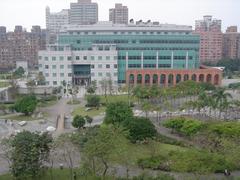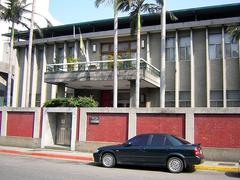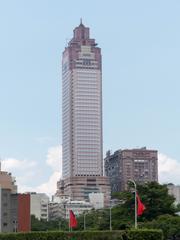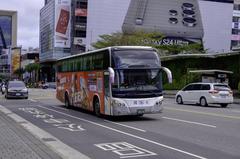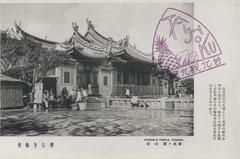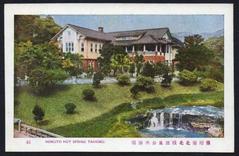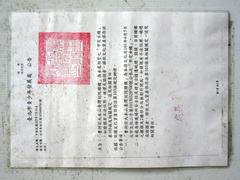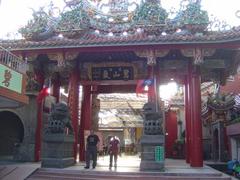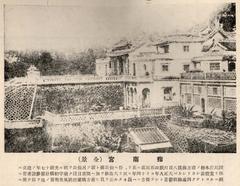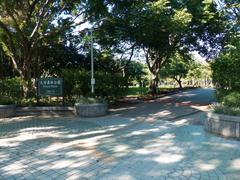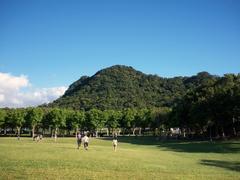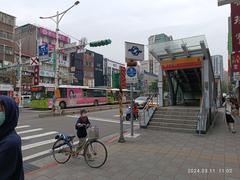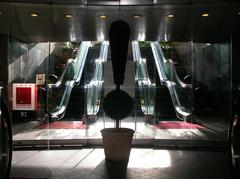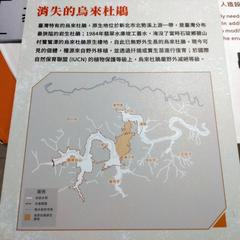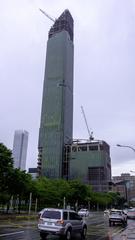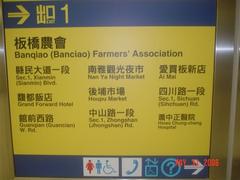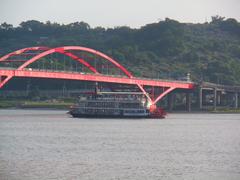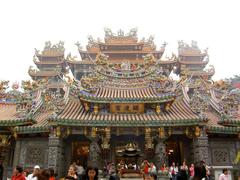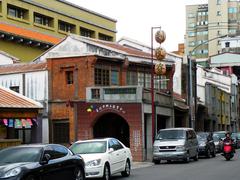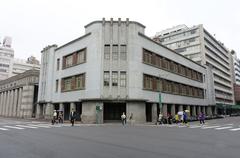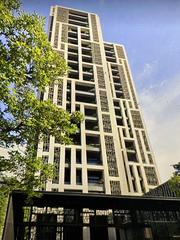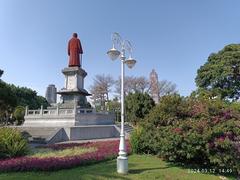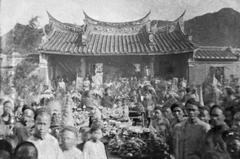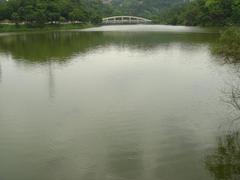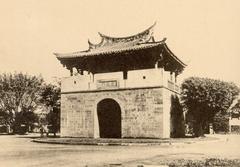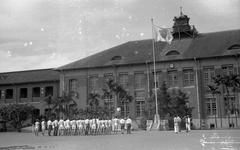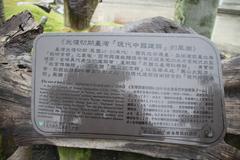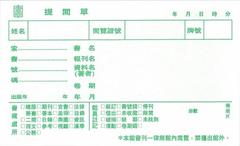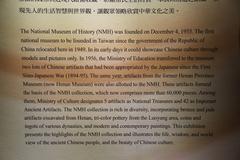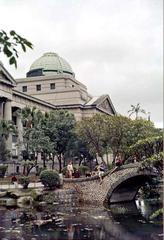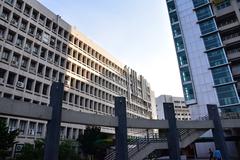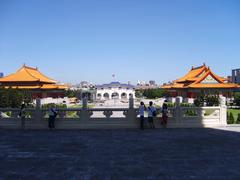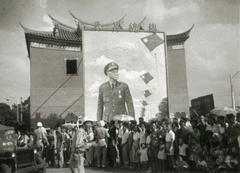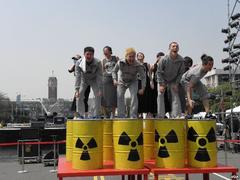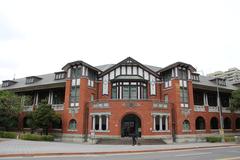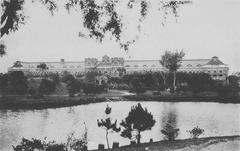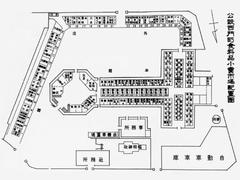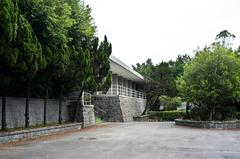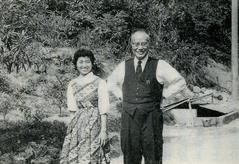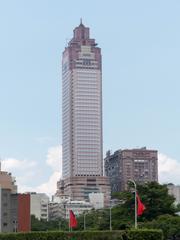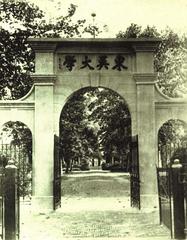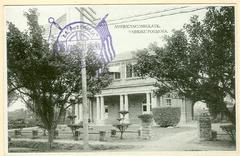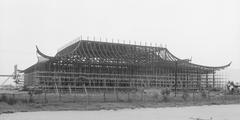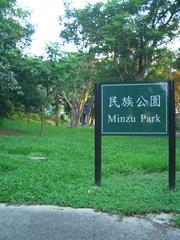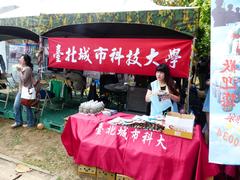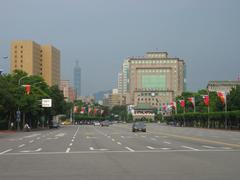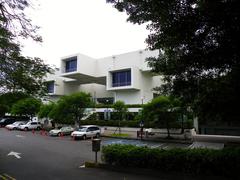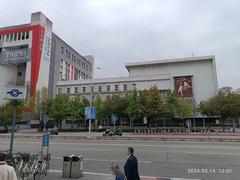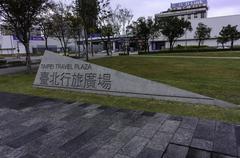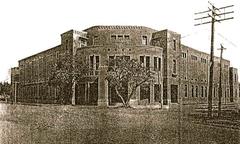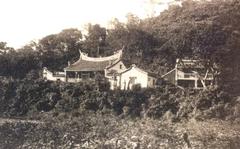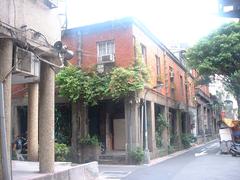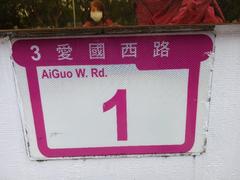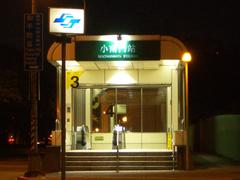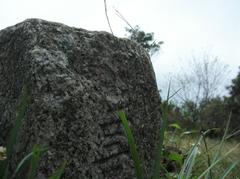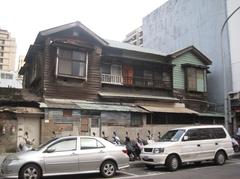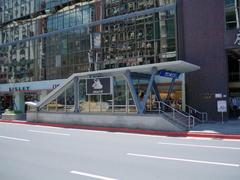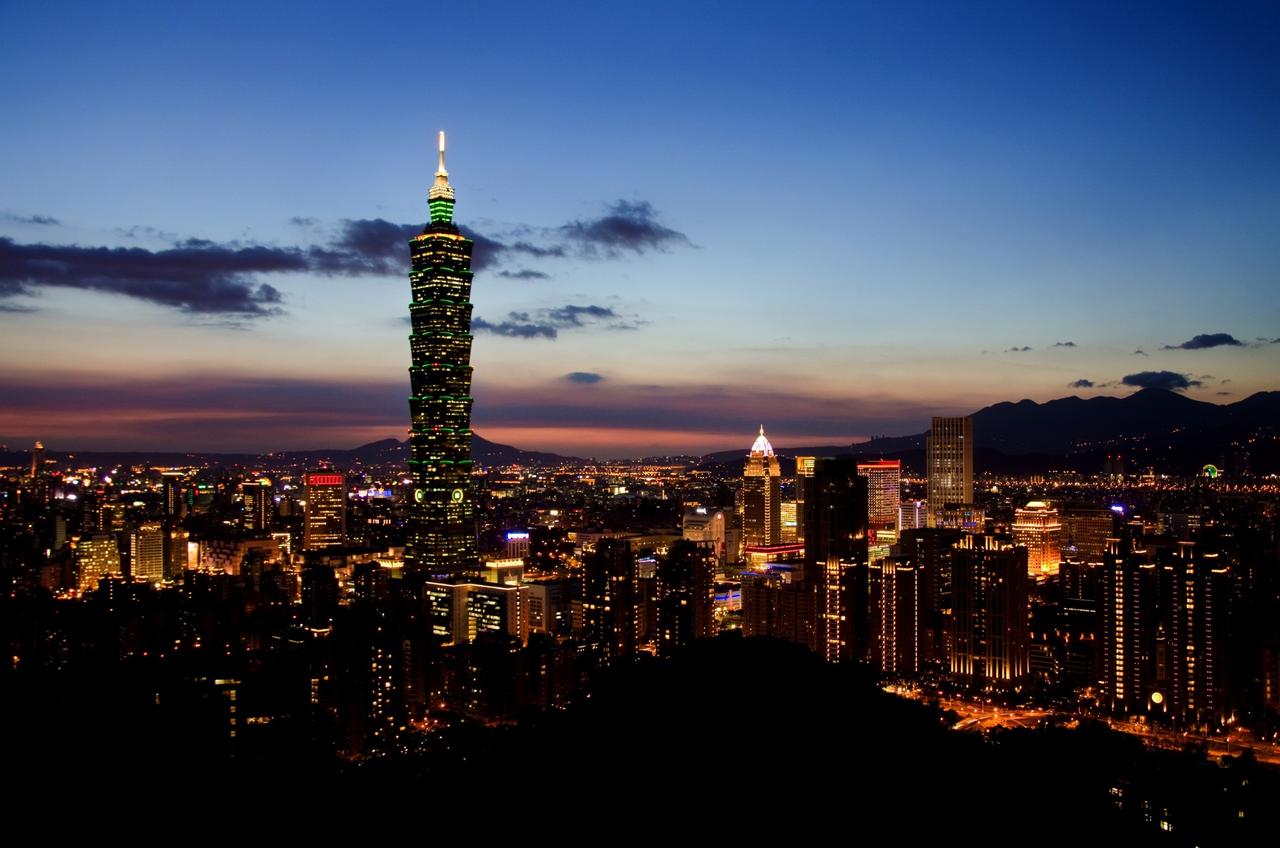
Comprehensive Guide to Visiting Taipei, Taiwan
Published Date: 13/08/2024
Captivating Introduction
Welcome to Taipei, a city where the ancient and the ultra-modern coexist in a harmonious blend, creating an atmosphere that is both exhilarating and comforting. Did you know that Taipei 101, once the tallest building in the world, was inspired by the resilient bamboo stalk? The city stands as a testament to Taiwan’s rich historical tapestry and its vibrant, forward-looking spirit (Wikipedia). Imagine strolling through bustling night markets, where the aroma of stinky tofu mingles with the sweet scent of bubble tea, or walking through serene temples that have stood the test of time since the Qing Dynasty (Wanderlog). Whether you are here for the architectural marvels, the culinary adventures, or the lush natural landscapes, Taipei offers a sensory feast that promises to captivate and inspire. Let’s embark on this journey to uncover the hidden gems and iconic landmarks that make Taipei a must-visit destination.
Table of Contents
- Historical Background and Cultural Significance
- Night Markets and Culinary Delights
- Natural Attractions
- Visitor Tips
Historical Background and Cultural Significance
Early Settlement and Qing Dynasty Rule
Imagine a time when the lush Taipei Basin was the domain of the Ketagalan tribes, a group of plains aborigines, living harmoniously with nature. Fast forward to 1709, when Han Chinese settlers began to cultivate the land, and the Qing Dynasty started to shape the region’s future (Wikipedia). By 1875, Taipei had hit the administrative big leagues as part of the Taipeh Prefecture (Britannica).
Japanese Colonial Period
Cue the Treaty of Shimonoseki in 1895, and suddenly, Taiwan was part of Japan. For the next 50 years, Taipei flourished under Japanese rule, transforming into a modern city with architectural marvels like the Presidential Office Building and the Taipei Guest House (Wikipedia). Picture the cityscape evolving, blending Japanese precision with local culture.
Post-World War II and Kuomintang Rule
Post-World War II, Taiwan found itself under the Republic of China’s wing in 1945. With the Kuomintang’s arrival in 1949, Taipei became the ROC’s provisional capital in a period marked by political upheaval, including the infamous February 28 Incident (Wikipedia).
Transition to Democracy
The winds of change blew through Taipei in the late 20th century. The 1990 Wild Lily student rallies were a catalyst for Taiwan’s journey from one-party rule to a thriving democracy by 1996. Taipei, the heart of Taiwan, now beats with the rhythm of a multi-party democratic society (Wikipedia).
Economic and Cultural Hub
Today, Taipei is a dazzling metropolis, a blend of old and new. Rated an “Alpha − City” by the GaWC, it’s a tech hub with a rich cultural tapestry (Wikipedia). From the futuristic Taipei 101 to the historic National Palace Museum, the city offers a smorgasbord of experiences.
Architectural and Cultural Landmarks
Taipei 101
Once the tallest building in the world, Taipei 101 is a must-see. Imagine gazing over the city from its observation deck, a testament to Taipei’s rapid modernization and economic prowess (The Poor Traveler).
Chiang Kai-shek Memorial Hall
This grand monument honors former President Chiang Kai-shek. Surrounded by a serene park, the hall and its museum are pivotal for understanding Taiwan’s political narrative (Wanderlog).
National Palace Museum
Home to over 700,000 ancient Chinese artifacts, the National Palace Museum is a treasure trove of ceramics, jades, bronzes, and paintings. It’s like stepping into a time capsule of Chinese heritage (The Poor Traveler).
Longshan Temple
Dating back to 1738, Longshan Temple is a spiritual haven for both Buddhists and Taoists. The temple’s ornate architecture and bustling religious activity offer a deep dive into Taipei’s spiritual side (Wanderlog).
Night Markets and Culinary Delights
Taipei’s night markets are legendary. Shilin Night Market, with its tantalizing street food—from stinky tofu to bubble tea—is a sensory overload. Don’t miss Raohe Street and Ningxia Night Markets for even more culinary adventures (Travels with Elle).
Natural Attractions
Yangmingshan National Park
Just a stone’s throw from the city, Yangmingshan National Park offers hot springs, hiking trails, and stunning vistas. It’s the perfect escape from urban life (The Poor Traveler).
Elephant Mountain
For the best panoramic views of Taipei, head to Elephant Mountain. The hike is a breeze and the sunset views are Instagram gold (Travels with Elle).
Visitor Tips
Transportation
Taipei’s MRT system is a traveler’s dream—efficient and easy to navigate. Grab an EasyCard for hassle-free travel (The Poor Traveler).
Weather
With its subtropical climate, Taipei is best visited in the fall. Think pleasant weather and fewer tourists (Travels with Elle).
Language
While Mandarin is the go-to language, English is fairly common in tourist areas. A few basic Mandarin phrases can go a long way.
Currency
The New Taiwan Dollar (NTD) is king. While credit cards are accepted, carrying some cash is always a good idea for street food and small purchases.
From historical landmarks to modern marvels, Taipei is a city that seamlessly blends the past with the present. Whether you’re exploring ancient temples, indulging in night market delicacies, or hiking scenic trails, Taipei promises an unforgettable adventure. Ready to dive into Taipei’s vibrant tapestry? Let Audiala be your guide!
References
- Wikipedia, 2023, Wikipedia contributors
- Britannica, 2023, Encyclopaedia Britannica
- Wanderlog, 2023, Wanderlog
- The Poor Traveler, 2019, The Poor Traveler
- Travels with Elle, 2023, Travels with Elle
- Hoponworld, 2023, Hoponworld
- Taipei Travel Geek, 2023, Taipei Travel Geek
- Lonely Planet, 2023, Lonely Planet
- The Broke Backpacker, 2023, The Broke Backpacker
- Nick Kembel, 2023, Nick Kembel
- Taiwan Obsessed, 2023, Taiwan Obsessed
- I Wander, 2023, I Wander












